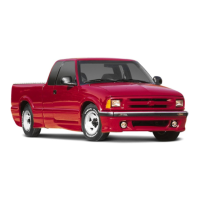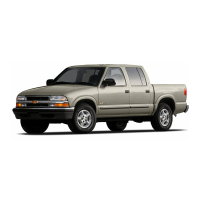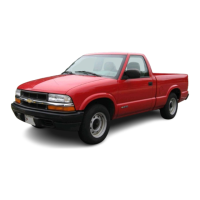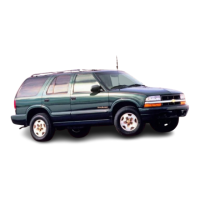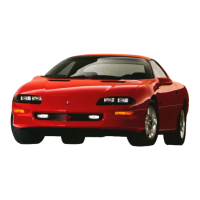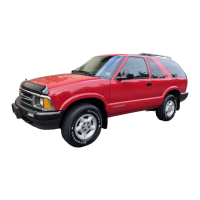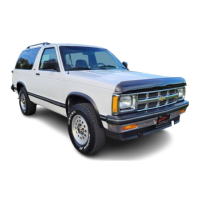Safety Chains
You should always attach chains between your vehicle and your trailer. Cross
the safety chains under the tongue of the trailer
so
that the tongue will not
drop to the road if
it
becomes separated from the hitch. Instructions about
safety chains may be provided by the hitch manufacturer or by the trailer
manufacturer. Follow the manufacturer’s recommendation for attaching safety
chains. Always leave just enough slack
so
you can turn with your rig. And,
never allow safety chains to drag on the ground.
Trailer Brakes
If
your trailer weighs more than
1,000
pounds
(450
kg) loaded, then it needs
its own brakes-and they must be adequate. Be sure to read and follow the
instructions for the trailer brakes to install, adjust and maintain them properly.
And:
Don’t tap into your vehicle’s brake system
if
the trailer’s brake system
will use more than
0.02
cubic inch (0.3~~) of fluid from your vehicle’s
-
master cylinder.
If
it
does, both braking systems won’t work well. You
could even lose your brakes.
Will the trailer brake parts take 3,000 psi
(20
650
kPa) of pressure?
If
not, the trailer brake system must not be used with your vehicle.
If
everything checks out this far, then make the brake fluid tap at the
port on the master cylinder that sends fluid to the rear brakes. But don’t
use copper tubing for this.
If
you do,
it
will bend and finally break
off.
Use steel brake tubing.
Driving with
a
Trailer
Towing a trailer requires a certain amount of experience. Before setting out
for the open road, you’ll want to get to know your rig. Acquaint yourself with
the feel of handling and braking with the added weight
of
the trailer. And
always keep in mind that the vehicle you are driving is now a good deal
longer and not nearly
so
responsive as your vehicle is by itself.
Before you start, check the trailer hitch and platform, safety chains, electrical
connector, lights, tires and mirror adjustment.
If
the trailer has electric brakes,
start your vehicle and trailer moving and then apply the trailer brake controller
by hand to be sure the brakes are working. This lets you check your electrical
connection at the same time.
During your trip, check occasionally to be sure that the load
is
secure, and
that the lights and any trailer brakes are still working.
4-59

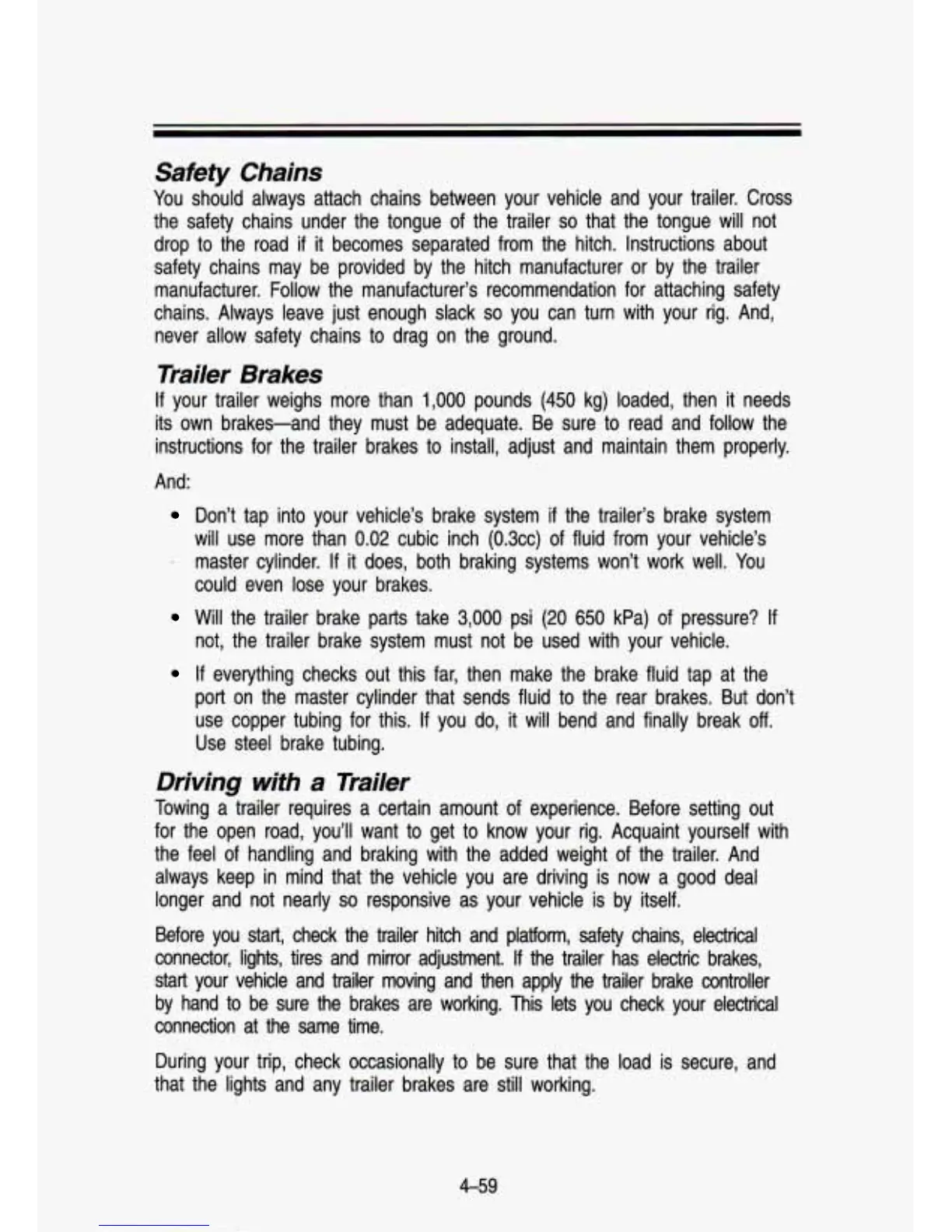